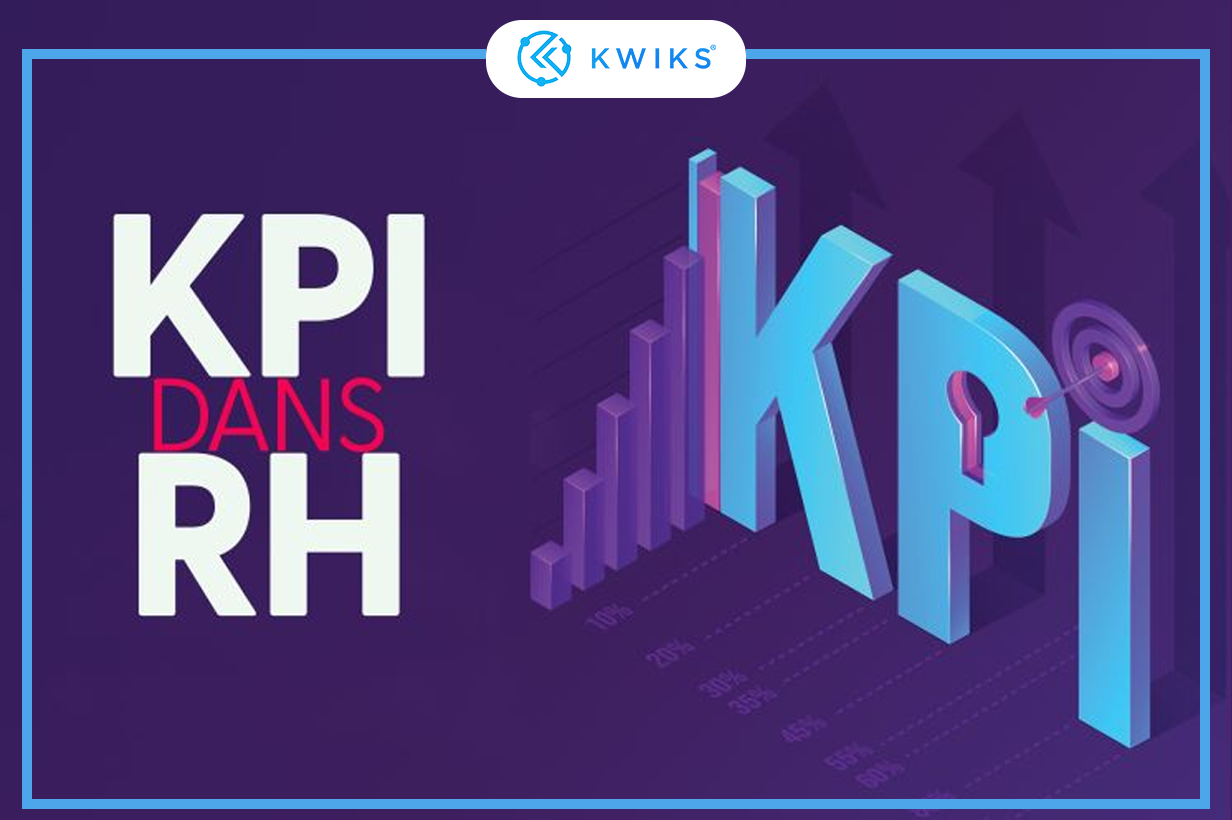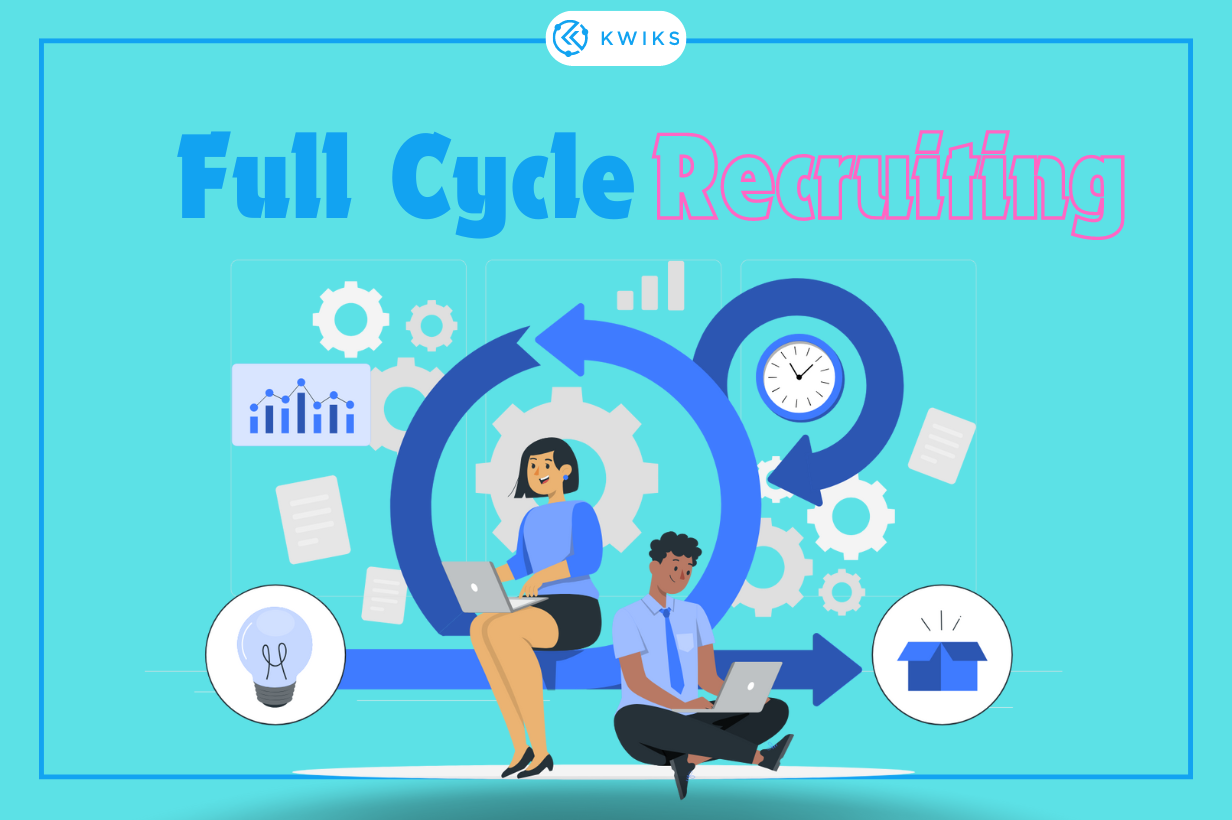
Key Performance Indicators (KPIs) in HR
- administrator
- November 15, 2023
In any business, human resources is a crucial function to ensure long-term growth and success. But how do you know if your management is effective? How do you measure the performance and efficiency of your recruitment strategy? To find out, this is where Key Performance Indicators (KPIs) come into play.
Recruiting a high-quality collaborator quickly, who stays with your company for several years and progresses professionally by moving from position to position, is the holy grail for a recruiter. To determine if this is common or not, you need to implement KPIs around your ability to recruit quickly and effectively. Examples include :
- Average recruitment time, which is the time from the launch of the procedure to the integration of the new employee (or the first publication of the job offer, depending on the chosen time frame).
- Total cost per recruitment, which should include all internal and external costs.
- Turnover of new employees at 3 months, 6 months, 1 year, and 2 years.
- Offer acceptance rate, allowing you to measure your ability to convince candidates compared to your competitors.
- Gender balance in recruitment. This is an indicator that you can refine by profession and level of responsibility.
- Recruitment diversity score. Depending on your definition of diversity, this can be by gender, age, nationality, or professional background.
- Satisfaction after onboarding, which can be measured with a formal study that will be the same for all new entrants.
- Employee Net Promoter Score: a simple way to measure the loyalty and pride of your organization. This KPI measures employees’ willingness to recommend your company.
- Employee engagement rate with HR initiatives (campaigns, events, training, well-being actions, etc.).
- Staff turnover rate.












